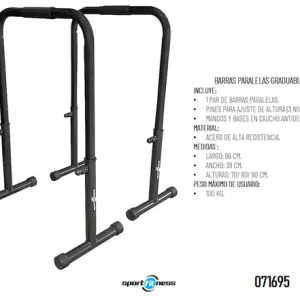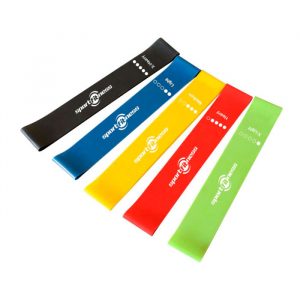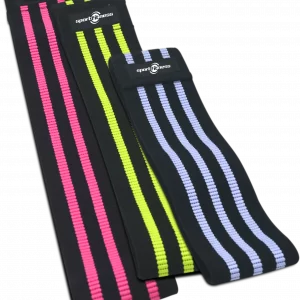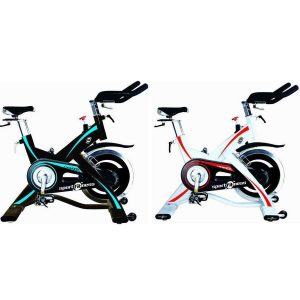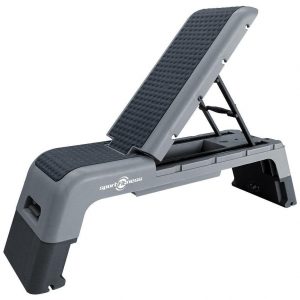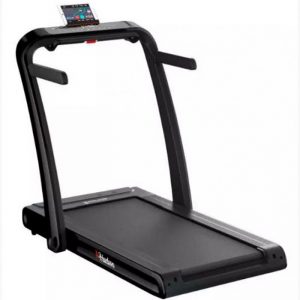Pesas tobilleras para ejercitarte a tope
Si quieres disfrutar de una rutina de ejercicio en casa con pesas tobilleras, queremos ponértelo bien fácil.
Por eso, en Tienda Sport Fitness te proponemos nuestros modelos de pesas tobilleras de calidad. Con un poco de carga, ilusión y esfuerzo, notarás la diferencia en muy poco tiempo.
Te proponemos tres sencillos ejercicios que podrás hacer todos los días durante unos minutos. ¿Listo?
Rutina rápida y fácil con pesas tobilleras
Nuestra propuesta es que utilices las pesas tobilleras empezando de menos a más. Es decir: intenta apostar por la calidad del ejercicio, y no una gran cantidad de repeticiones.
¿Que eres una persona más experimentada? Sólo tienes que incrementar las veces que haces cada ejercicio. ¿Empezamos?
1. Elevación de piernas
Asegúrate de que tus hombros estén sobre tu muñeca y las caderas cuadradas mirando hacia el suelo (no dejes que tu pierna de apoyo cargue todo el peso).
Empieza levantando la pierna derecha hacia arriba en la parte posterior, bájala y sube después con tus pesas tobilleras incrementando la carga.
Mantén la parte inferior del abdomen apretada para que la parte inferior de la espalda no se arquee. Continúa levantando la pierna hacia arriba y hacia abajo lentamente durante todo el tiempo (30 segundos a un minuto). Deshaz la posición cuidado, ¡no queremos lesiones!
2. Flexión de piernas
Permaneciendo tumbado, dobla la pierna hacia ti en un ángulo de 90 grados, y luego desplaza esta hacia arriba y vuelve a bajar a la misma posición que antes.
No rotes más la cadera de lo que sientas que es cómodo. Repite el movimiento entre 30 y 60 segundos, ¡todo depende de la intensidad que busques!
3. Cruce de piernas
Desliza las piernas de un lado a otro como una tijera, y asegúrate de levantar un poco al juntarlas. Puedes repetirlo de 10 a 15 veces.
¡Cuidado con la espalda baja! Utiliza con cuidado las pesas tobilleras y ve de menos a más con estos ejercicios. Queremos cuidar tu salud, pero también tu espalda.

Nuestros destacados
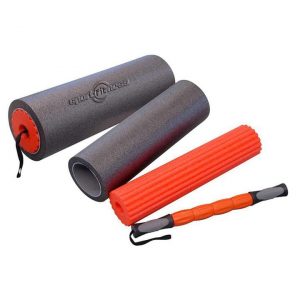
Set De Movilidad 3 EN 1 – Sport Fitness 71465
Original price was: $118.795.$95.036Current price is: $95.036. IVA Comprar Ahora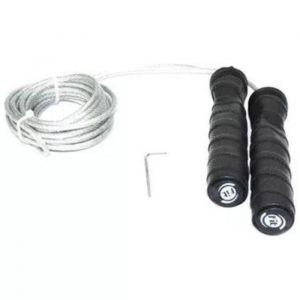
Lazo Para Salto JR4317 – Sport Fitness 71588
Original price was: $63.398.$50.718Current price is: $50.718. IVA Comprar Ahora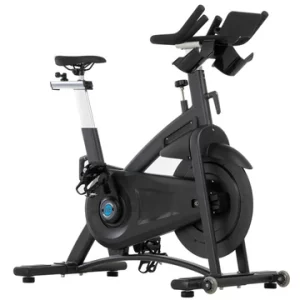
Bicicleta Spinning Magnética Benevento – 70396
Original price was: $3.590.517.$2.872.413Current price is: $2.872.413. IVA Comprar Ahora